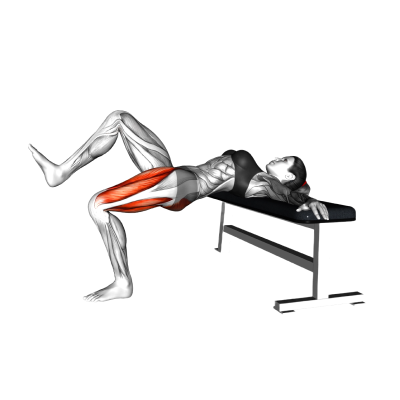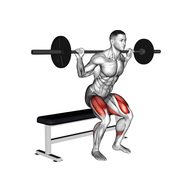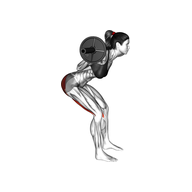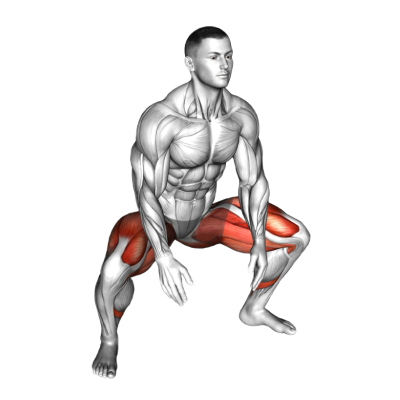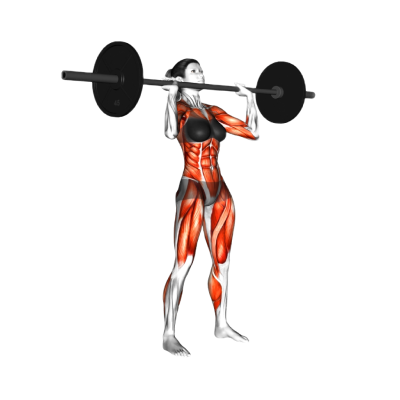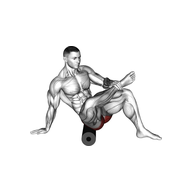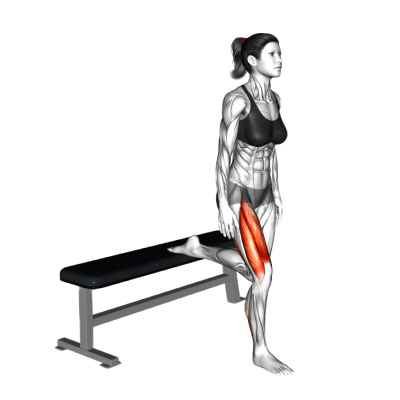What Is the Barbell Front Squat
If you’re looking to up your leg game and add some serious strength to your quads, the barbell front squat is a must-have in your workout routine. They put more emphasis on your quads and core. With the barbell resting on the front of your shoulders, your body has to work harder to stay upright, which means your abs get a killer workout too. Plus, they’re easier on your back, making them a great option if you’re looking to avoid putting too much strain on your spine. And let’s not forget, they’re a staple in Olympic lifting, so you know they’re legit. Barbell front squats also help improve your posture by encouraging an upright position, which is beneficial not just in the gym but in everyday life.
How-to Do Barbell Front Squat
- Position a barbell in front of your shoulders. Cross your arms and place your hands on top of the barbell, keeping your upper arms parallel to the floor
- Dismount the bar and step backward. Stand with feet shoulder-width apart.
- Bend at your knees and hips until your thighs are parallel to the floor. Briefly hold.
- Push through your glutes and heels until legs are fully extended.
Muscle Worked
Primary Muscle Groups
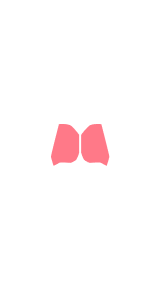

Glutes
The glutes help you extend your thighs from the hips and drive you forward.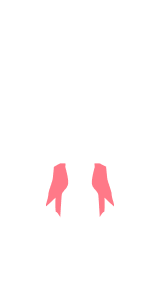

Hamstrings
The hamstrings flex your knees and extend and rotate your hips

Quads
"Quads" refers to your quadriceps femoris muscles which flex your leg from the hip joint and extend your leg from the knee joint.Secondary Muscle Groups


Adductors
The adductors are the muscles on the insides of your thighs that move your legs toward the midline of your body

Abs
"Abs" refers to your abdominal muscles, which sit at the front of your trunk between your ribcage and pelvis

Calves
The calves are the muscles at the back of the lower part of your legs

Lower Back
The low back helps stabilize your spinal column and connects your upper body to your pelvis.

Upper Back
Lie on the floor and place a foam roller below your traps and above your shoulder blades.

Obliques
The obliques help you twist your trunk and support your core and spine.Pro Tips
- Elbows High: Keeping your elbows up is key to maintaining balance and preventing the bar from rolling forward. This also helps engage your upper back muscles for stability.
- Core Tight: Engage your core throughout the movement to stabilize your spine and support your lower back. This engagement is crucial for maintaining an upright posture.
Equipments
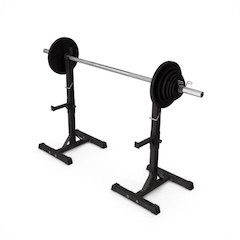
Barbell
A barbell is a long metal bar with space for weight plates on each end used for weightliftingBenefits of Barbell Front Squat
- Quad Dominance: These squats put more focus on your quads compared to back squats, making them perfect for building those front leg muscles. They’re great for developing the teardrop muscle above the knee.
- Core Strength: With the weight in front, your core has to work overtime to keep you upright, giving you a solid ab workout. This helps build functional strength that translates to other lifts and activities.
Variations
The following exercises target the same primary muscles using the same equipment:
Alternatives
The following exercises target the same primary muscles using different equipment:
FAQ


Get fit with Flex
Build muscle & lose weight fast for free.
Available on iPhone + Apple Watch

